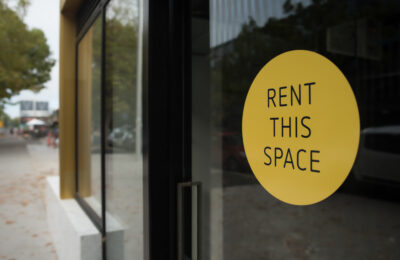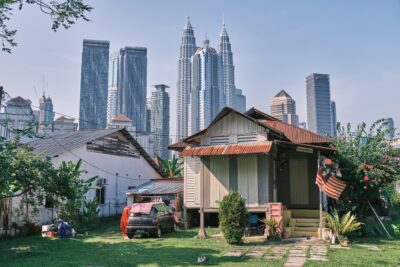Pandemic unmasks fundamental challenges in Myanmar market
Sluggish sales of upscale projects are forcing a shift in the country’s real estate sector, with developers forced to better tailor product to the needs of the market

With the world going through a period of unprecedented turmoil, it can be tempting to assume that things are uniformly grim. Some countries, however, have avoided (thus far) the worst impacts of the pandemic. One of these is Myanmar, poised to post a GDP growth this year of 4.2%, the second fastest in Southeast Asia after Vietnam, according to the ADB.
Myanmar is far from immune from the virus though. In June, the IMF doled out $356m in emergency funds to the country, on the heels of findings it would post a bleaker GDP growth of 1.8% by year’s end. And, if anything, the virus has further eroded the primacy of its upper-tier residential real estate sector.
“Even prior to the pandemic, the market hasn’t been in a good shape. Myanmar is simply not ready for many of the condominiums and properties we call upscale developments,” says Karlo Pobre, managing director of Colliers Myanmar.
Condominium sales prices went down by as much as 30% in the first quarter of the year, equal parts due to the outbreak and a bloated supply, which ballooned 5.7% quarterly to 13,060 units, the consultancy reports. Sales take-up rates have decelerated over the past three years to as low as 40%, with many projects at the mercy of default buyers. “What the pandemic has done is make it even worse,” points out Pobre.
Expatriate tenants and buyers, especially from Europe, have all but fled Myanmar, and the few sticking around are contending with the convoluted legalese of foreign ownership and dearth of suitable financing, according to Richard Emerson, managing director of the advisory firm Emerson Real Estate.
“Currently, the residential market is essentially a local market as far as foreigners still cannot legally purchase projects due to the delay in the Condominium Law implementation,” he says.
Pending the finalisation of provisions in the Law, some foreigners have been reduced to illegally acquiring units under nominee arrangements with local partners or inking convertible contracts with developers, i.e. those that convert to a legal contract as soon as the law is ratified.
Meanwhile, Chinese and South Korean developers have been strengthening marketing efforts in their home countries, ensuring a fount of property seekers for their joint ventures in Myanmar.
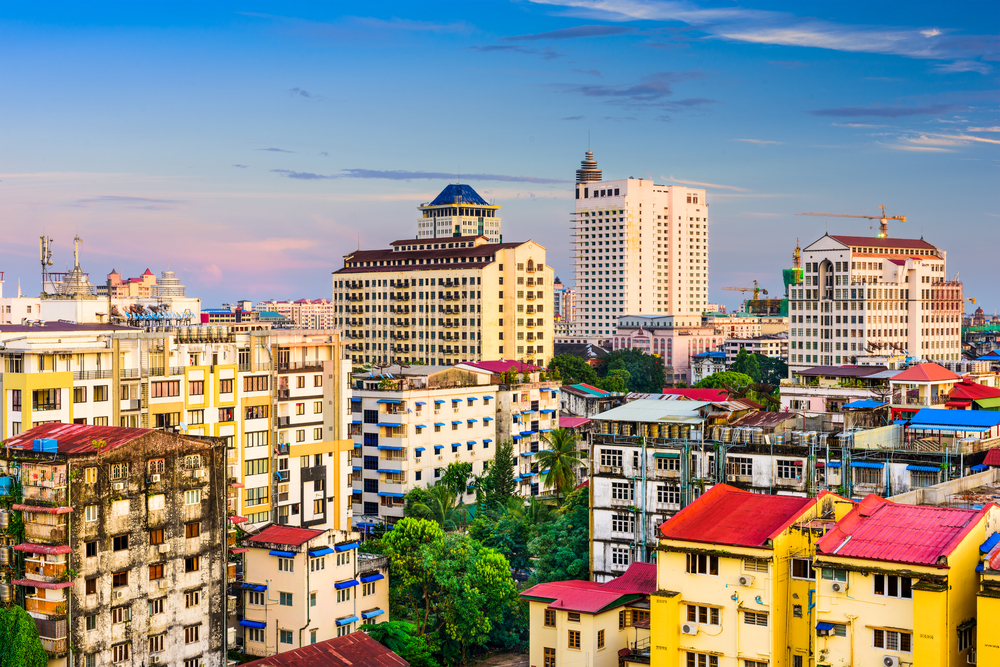
Shuttered sales galleries throughout Myanmar have led developers to extend their marketing tendrils online. “If you’re not digital, it will be almost impossible to sell a property [in Myanmar],” says Justin Sway, CEO of real estate portal ShweProperty.
Although online platforms have been enormously helpful in moving the needle on sales during the pandemic-induced recession, analysts argue that the right strategy has less to do with marketing than acknowledging certain market fundamentals. “The issue here is that pricing is really expensive. It’s as simple as that,” says Pobre.
The pandemic is exposing the lopsided nature of Myanmar’s residential stock, largely skewed toward condominiums at exorbitant price points that hover at around $300,000 on average.
The Covid-19 situation is a blessing in disguise because it’s making developers realise the products they’re offering are not really suited to this market
“It’s a far cry from what many of the population could afford,” says Pobre. “Although there is a meagre percentage of capable buyers who can acquire properties at $400,000 and above, the sweet spot is less than $100,000—perhaps even at the $30,000 to $50,000 or $70,000 range—but there’s only about 3% to 5% of that being offered in this market,” says Pobre.
Not that developers have much choice—land prices in Myanmar have been legendarily exorbitant, hitting a record $14,000 per square metre in 2013 and leading to a glut in developments beyond the means of the majority. Myanmar people like landbanking, causing plot prices to rise to a point where they become non-viable or non-financially feasible sites as developers will end up introducing luxury projects, according to Pobre.
With land prices gradually coming down from their eye-watering peaks, developers have taken to introducing simpler apartments or condominiums fetching prices of $30,000 to $40,000, in contrast to 2016 when as much as 80% of market offerings would be upscale—a clear mismatch. “There is some sort of silver lining here. The Covid-19 situation is, to me, a blessing in disguise because it’s making developers realise the products they’re offering are not really suited to this market,” adds Pobre.
Over the last four years, Myanmar citizens have invested almost MMK2.6tn ($1.9bn) in real estate, state figures show. “One thing definitely very clear is the huge demand for modern affordable housing in Myanmar. This really hasn’t been tapped into yet, and there are massive opportunities for international and local developers to create products at the right price point to satisfy market demands,” says Emerson.
Although many western investors have turned tail and exited—an ongoing process for several years now due to the country’s twisty and divisive internal politics—Asian countries have been funnelling hefty amounts of capital into Myanmar real estate, led by Singapore, China and Thailand, according to the latest data from DICA.
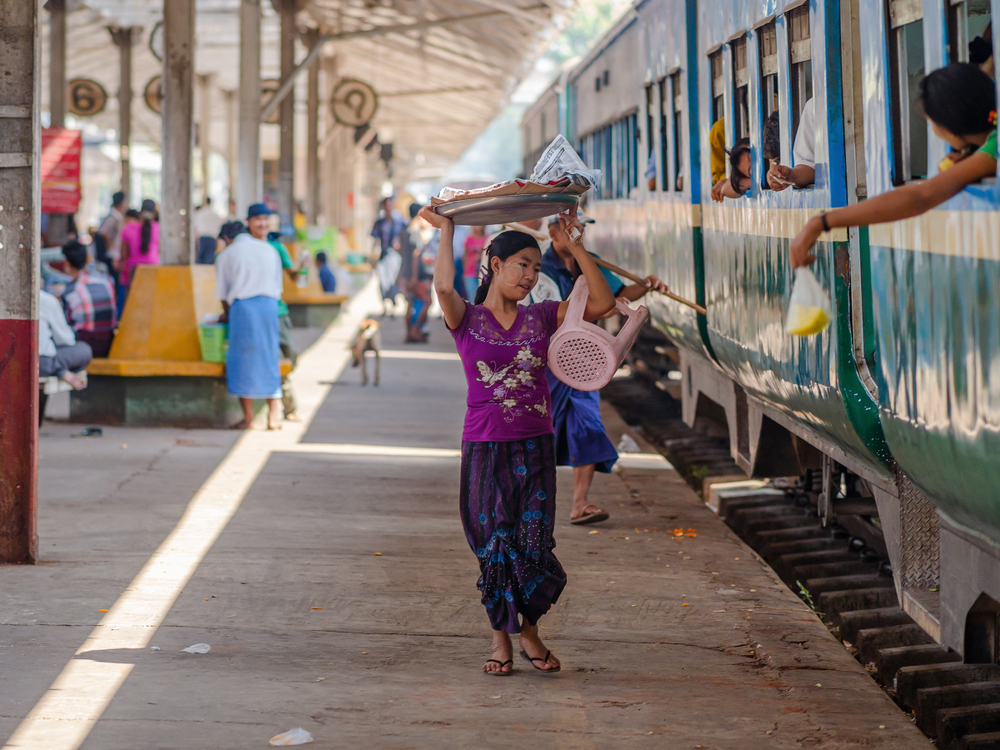
“Myanmar is an Asian investment at this point. Of course, if you unlock growth for western investments, that would be good. But having the Japanese, Koreans, and Chinese seem to be boding well for the country’s growth,” says Pobre.
Large-scale Asian investments are pouring into the nation’s industrial and economic zones, mixed-use sites, and integrated townships. Major regional developers—including Japan’s Kajima, Thailand’s Amata, and Malaysia’s Berjaya—have all announced high-profile projects in the first quarter of 2020.
“In a market where the financing of property projects might be slightly more complicated for the next year or two, given the pandemic and reduced risk appetite, we expect a need for local developers to engage with foreign developers and investors, creating joint venture opportunities,” observes Emerson.
Around $895m worth of FDI flowed into the country’s real estate sector in the first seven months of FY 2019-2020, followed by the manufacturing sector with $544m, official figures show. This is four times more than the previous fiscal year’s FDI in real estate, notes Emerson.
The FDI coming into real estate only ranked second to that pouring into the power sector, which received over $1bn during the same time. This fills a gaping void in Myanmar. “Electricity remains a major hindrance for many foreign investors to set up here in terms of manufacturing. Myanmar still has very low power and electricity capacity—it’s one thing that has to be addressed going forward if they want to really move on to the next stage,” observes Pobre.
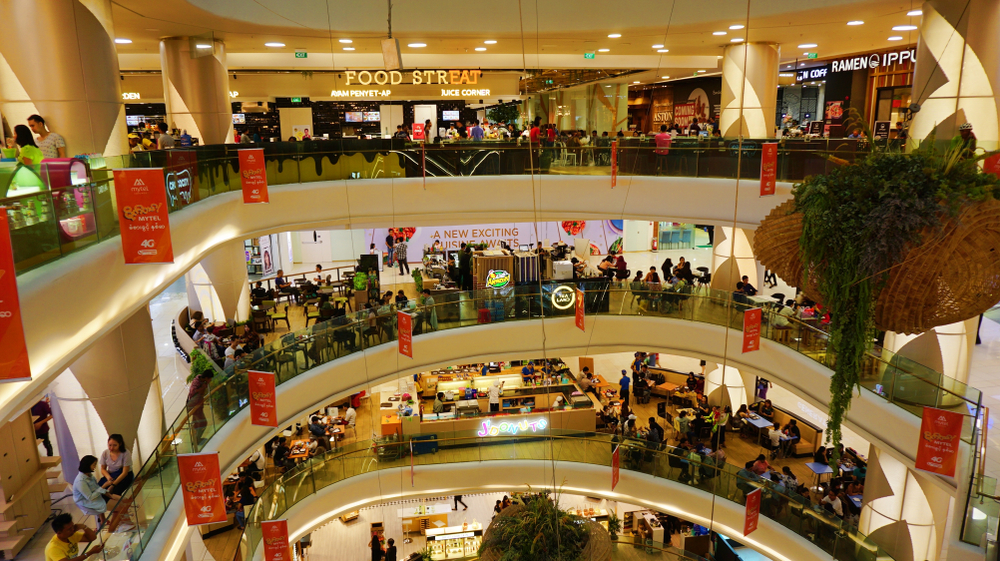
Like most pandemic-ravaged economies, Myanmar currently operates in a low-interest environment, with rates now down to 7%—a very “positive move” and sure-fire catalyst for cheaper bank financing, says Emerson. “It’s amazing how, in recent six weeks, there has been much interest from local Myanmar buyers looking to acquire property on the back of interest rates now being significantly lower than they were before,” he says.
The government has also rolled out stimulus measures under the Covid-19 Economic Relief Plan (CERP). Authorities have offered tax deferrals and credits, while SMEs and critically affected businesses have been made eligible for loans and other credit facilities. The government has also delayed requirements for banks to meet capital adequacy requirements, enabling them to be more flexible with existing barriers in terms of loan repayments.
“We hope the government will recognise that the real estate industry is a major driver of economic growth. It should be part of their recovery plan. When there is a catastrophe like Covid-19 in the market, one of the first things governments will do is look to create infrastructure and real estate projects,” advises Emerson.
This article originally appeared in Issue No. 162 of PropertyGuru Property Report Magazine
Recommended
Meet the vagabond architect behind India’s housing scene
Vinu Daniel is helping to shake up India’s home building setting
Where Asian real estate stands in a fragmented, warmer world
Asia’s real estate industry faces many and varied challenges as external factors continue to bite
6 sights to see in Singapore’s Marine Parade
Handily located Marine Parade has emerged as a vibrant investment choice in the Lion City
There’s a township dedicated to health and wellness in Malaysia
Property seekers have their health needs catered for at KL Wellness City






